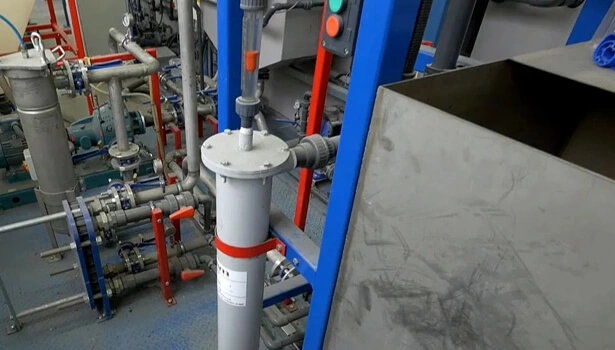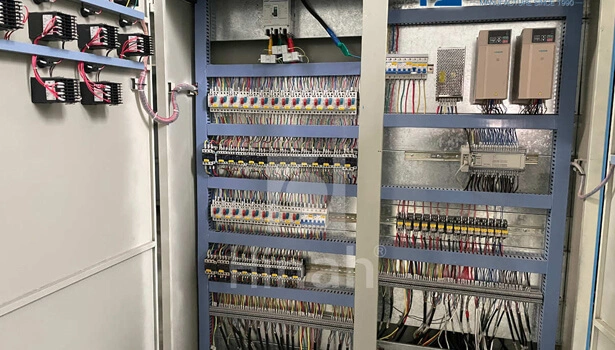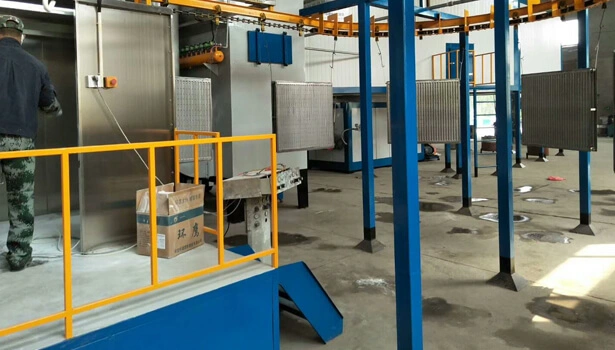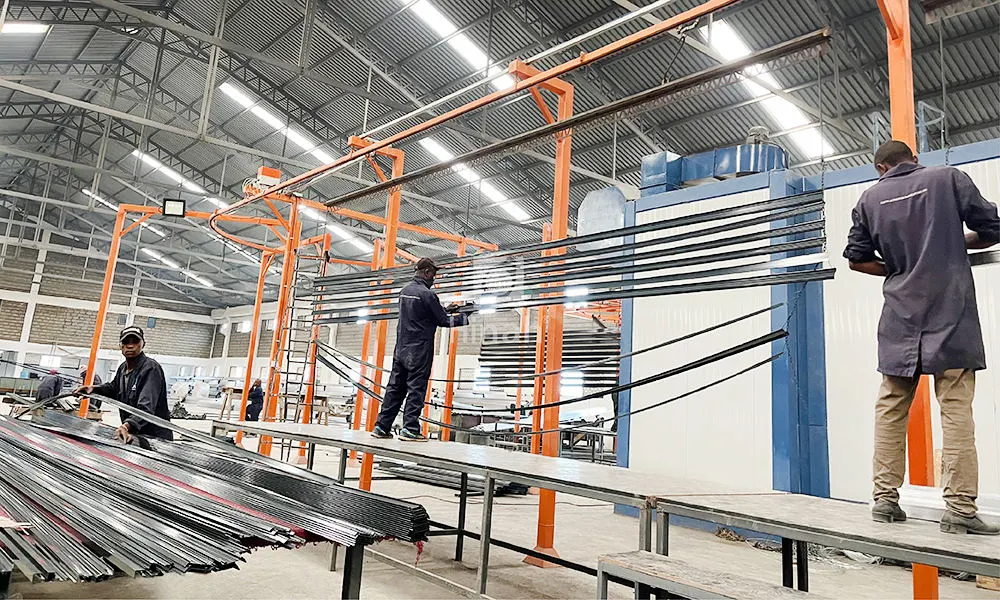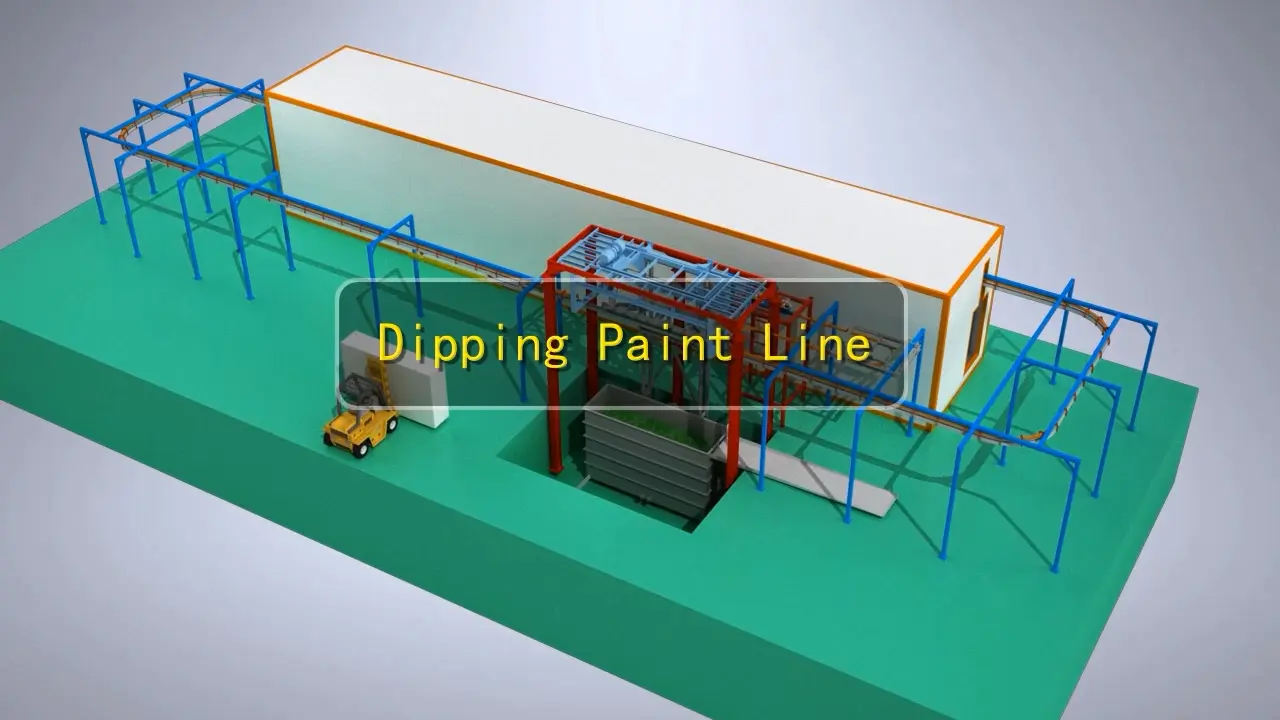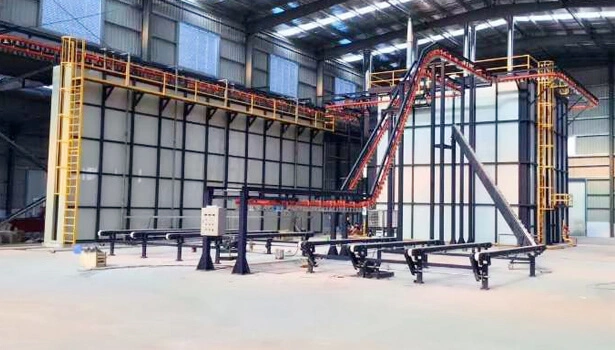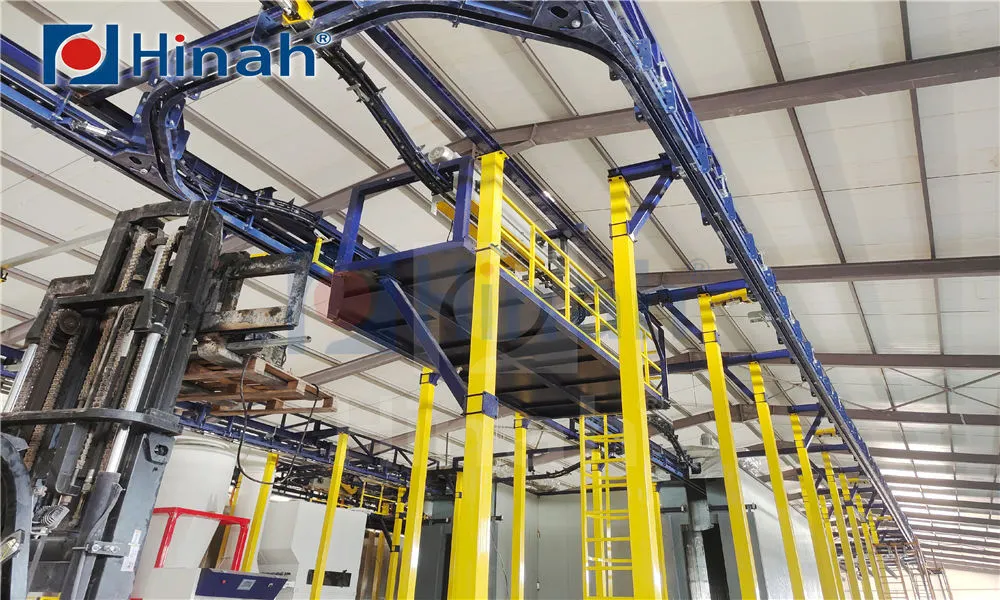Core Components and Functionality of Dosing System
A typical dosing system integrates several key components:
Storage/Supply: Tanks, drums, or containers holding the substance to be dosed.
Metering Device: The heart of the system. This can be a positive displacement pump (diaphragm, piston, peristaltic), a precision gear pump, a Coriolis mass flow meter, a controlled valve, or even a gravimetric feeder for powders. The choice depends on the substance's properties (viscosity, corrosiveness, solids content) and the required accuracy.
Control System: Often a Programmable Logic Controller (PLC), industrial PC, or dedicated controller. It receives input (e.g., flow rate of main stream, pH level, setpoint volume) and precisely regulates the metering device based on predefined recipes or feedback loops.
Sensors: Flow meters (for main stream or dosed substance), pressure transducers, level sensors, or analytical probes (pH, conductivity, ORP) provide real-time data to the controller for closed-loop control.
Piping, Valves & Fittings: Connect components and direct flow, often including isolation valves, check valves, and pressure relief devices.
Dispensing Point: The nozzle, lance, or injection point where the dosed substance enters the target process.
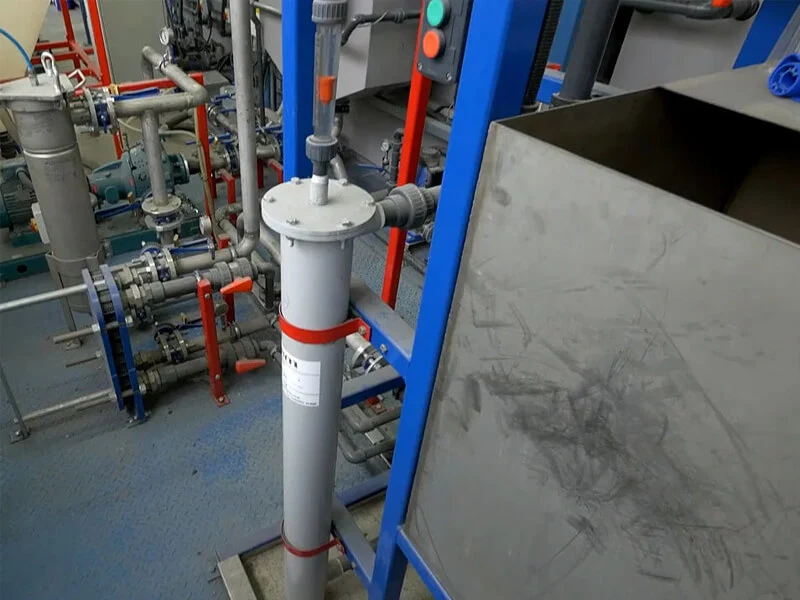
Key Applications of Dosing System
Dosing systems are indispensable in numerous sectors:
Water & Wastewater Treatment: Precise addition of flocculants, coagulants, disinfectants (chlorine, ozone), pH adjusters (acids, alkalis), and nutrients.
Chemical Processing: Metering catalysts, additives, raw materials, and inhibitors in batch or continuous processes.
Food & Beverage: Adding flavors, colors, vitamins, preservatives, carbonation, and sanitizing agents with strict hygiene standards.
Pharmaceuticals & Biotechnology: Accurate dispensing of active ingredients, excipients, buffers, and cleaning solutions under GMP regulations.
Oil & Gas: Injection of production chemicals (corrosion inhibitors, scale inhibitors, demulsifiers) into pipelines and wells.
Agriculture/Horticulture: Fertilizer and pesticide dosing in irrigation systems (fertigation), livestock drinking water treatment.
Power Generation: Chemical feed for boiler water treatment (oxygen scavengers, pH control) and flue gas desulfurization.
Manufacturing: Adhesive application, paint mixing, lubrication systems.
Essential Features and Benefits of Dosing System
Accuracy & Repeatability: Ensures consistent product quality and process results, minimizing waste of expensive chemicals.
Automation: Reduces manual labor, human error, and exposure to hazardous materials.
Process Control: Enables tight regulation of critical parameters (pH, concentration, disinfection levels) through feedback loops.
Safety: Minimizes operator contact with dangerous substances; includes safety features like leak detection and overpressure protection.
Traceability & Data Logging: Records dosing data for quality control, regulatory reporting, and process optimization.
Flexibility: Can be designed for a wide range of flow rates, pressures, viscosities, and chemical compatibilities.
Cost Efficiency: Optimizes chemical usage and reduces operational costs through precise control and reduced waste.


